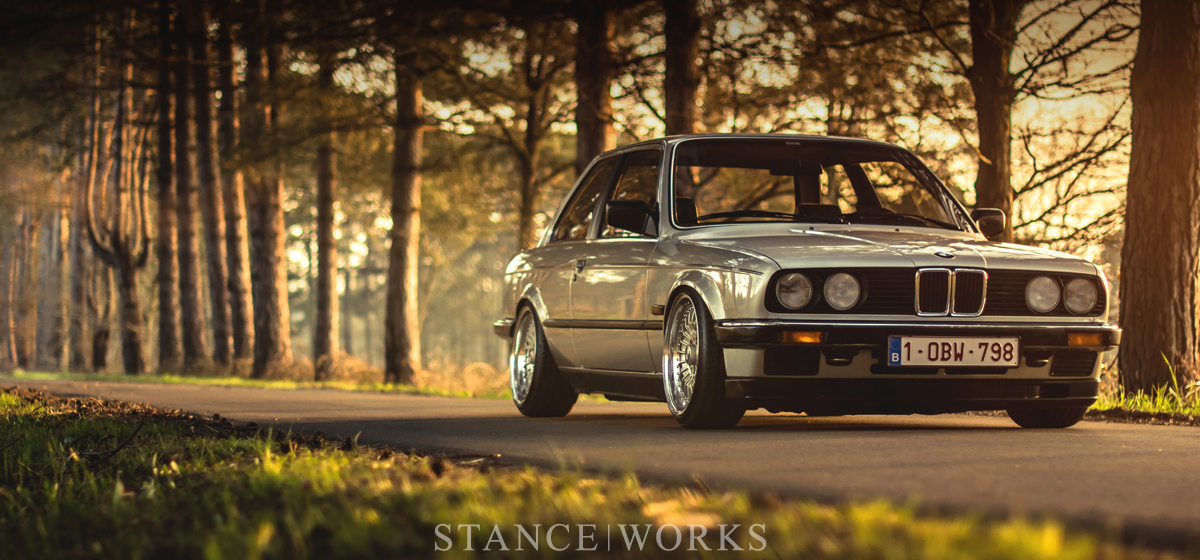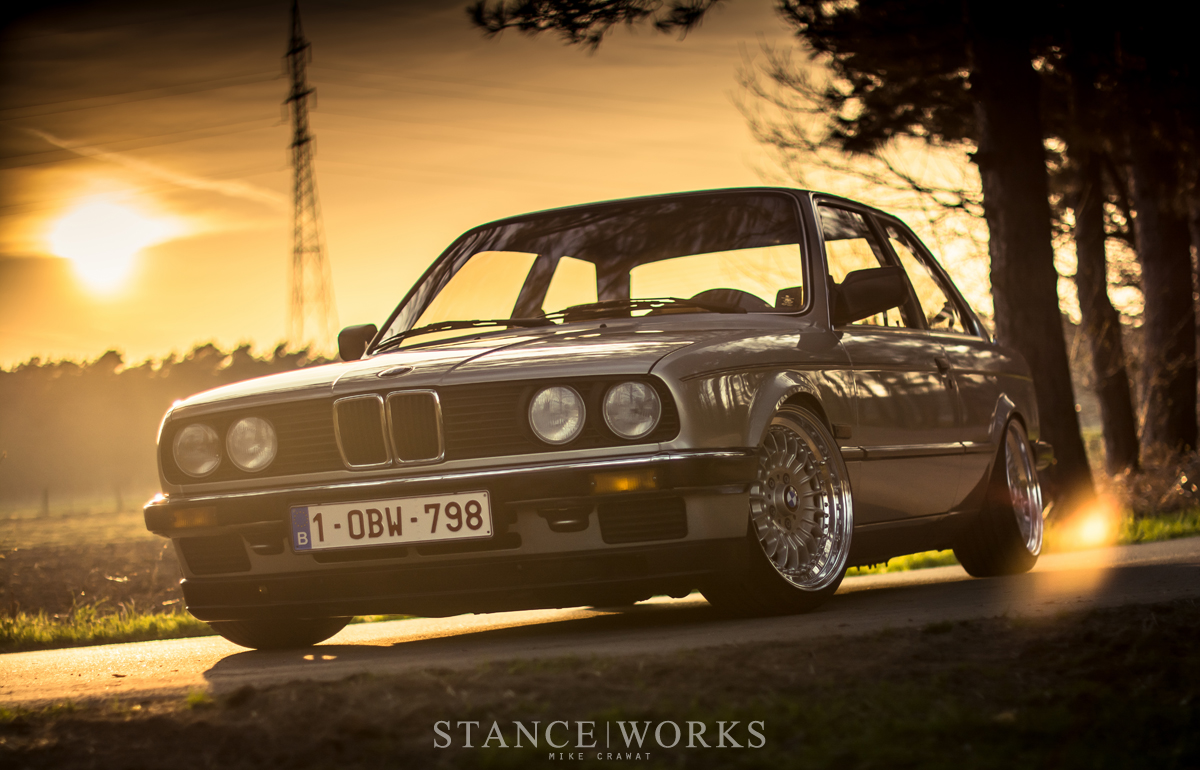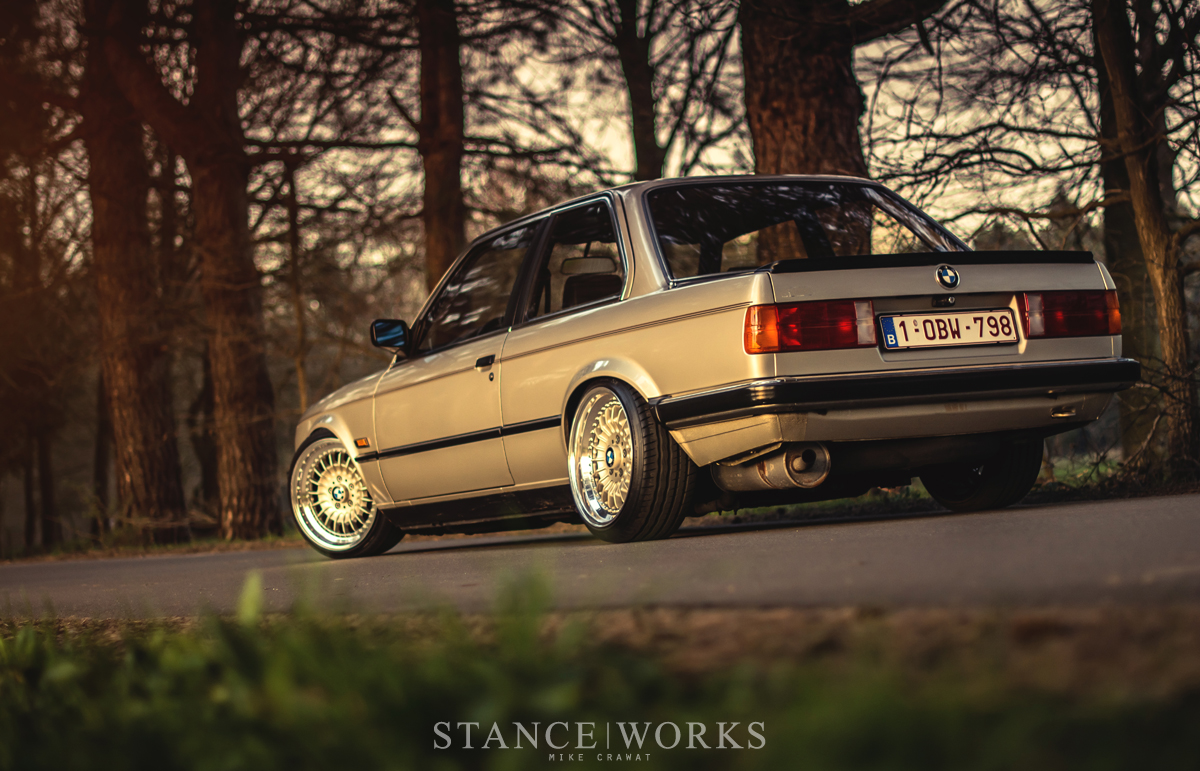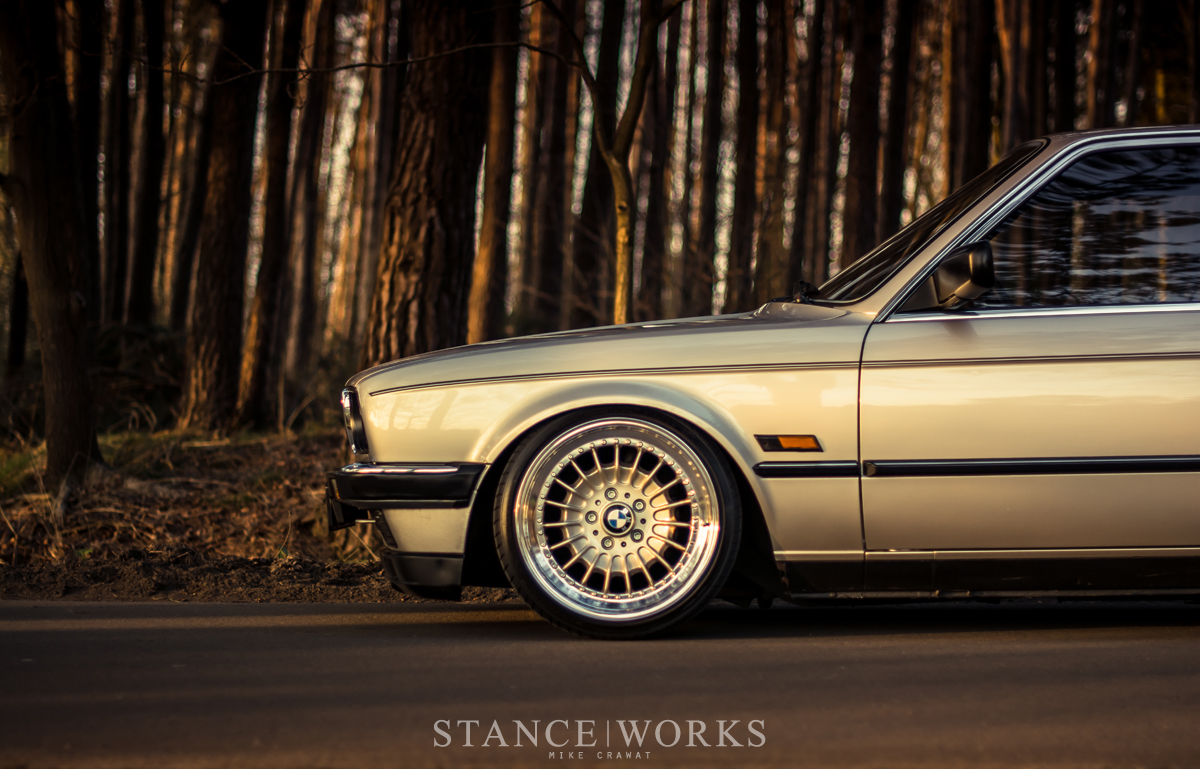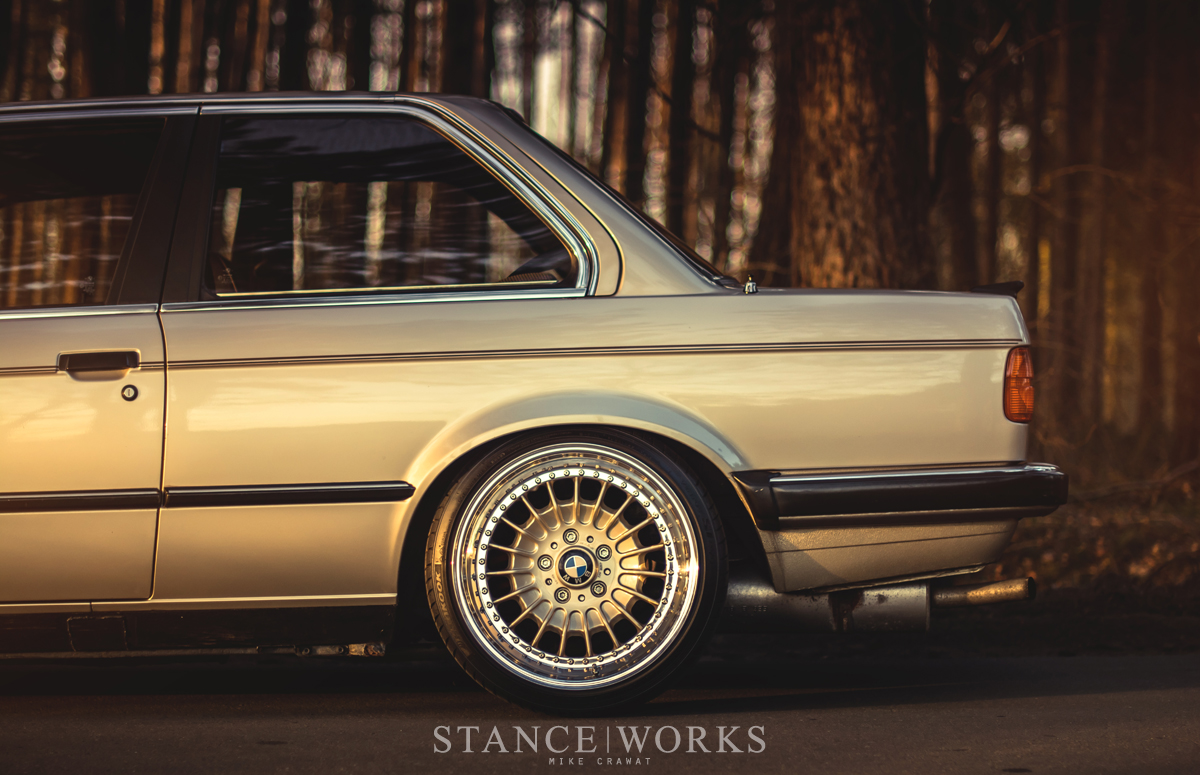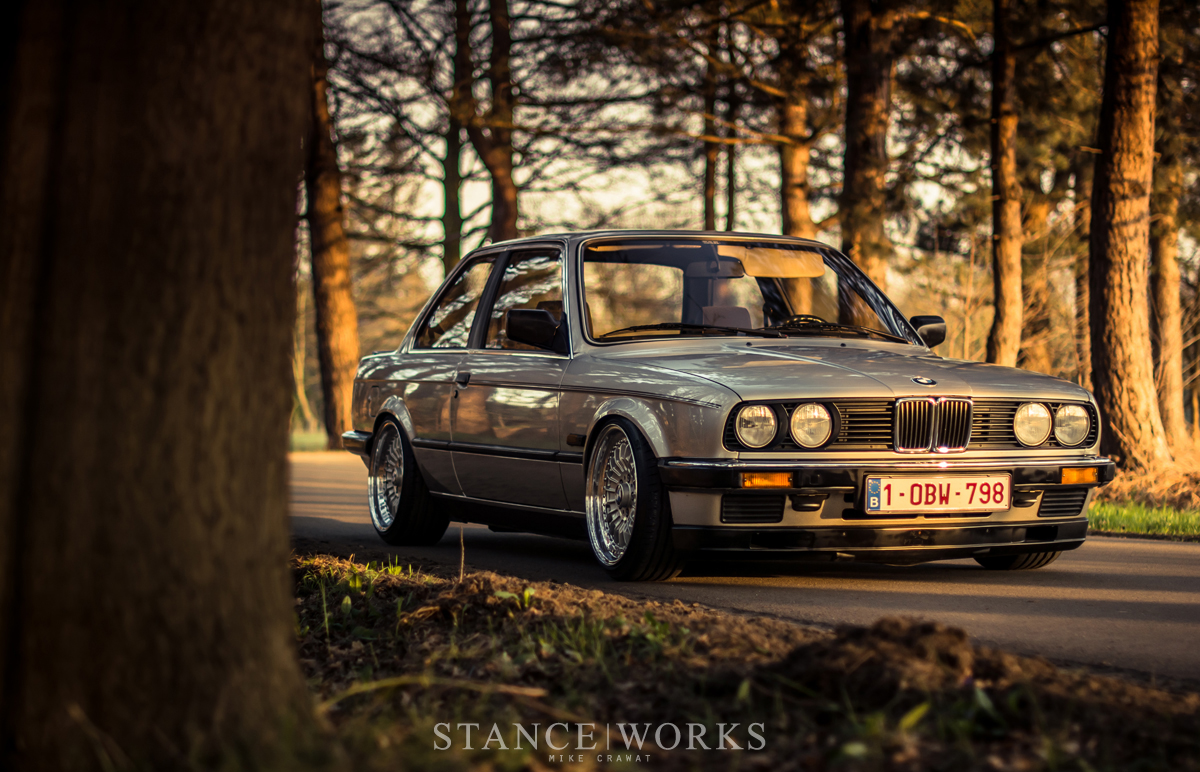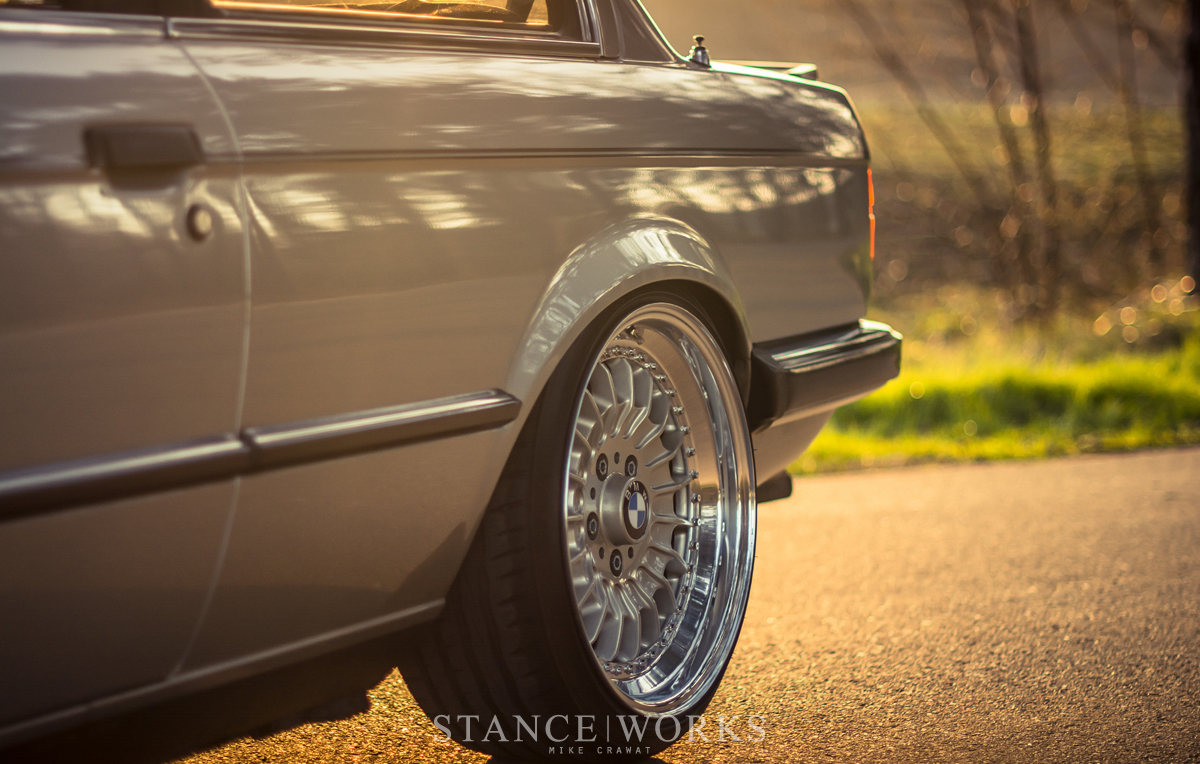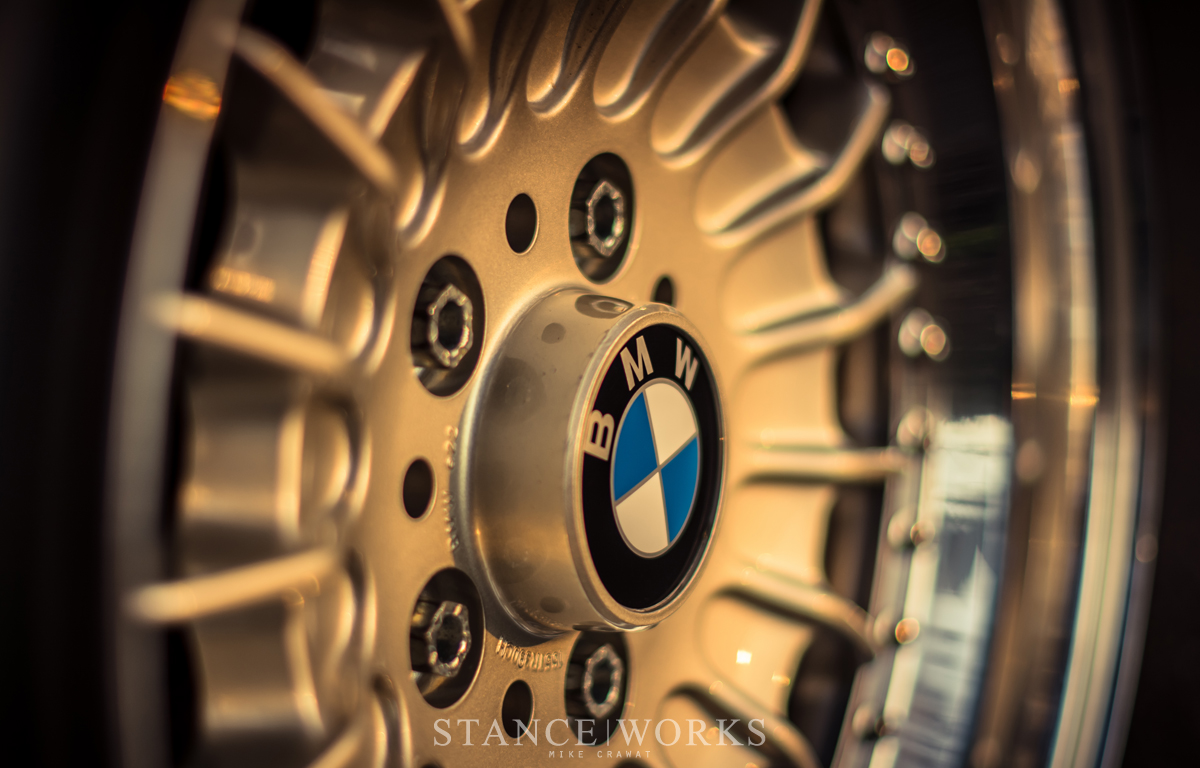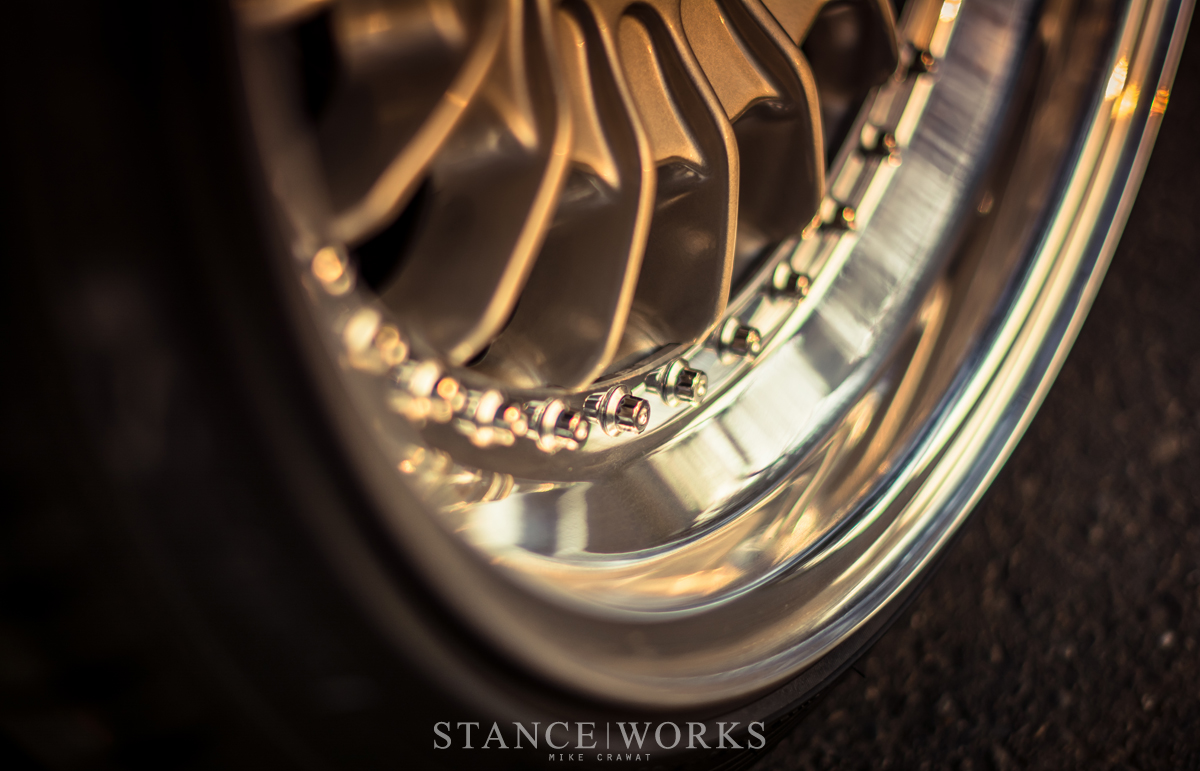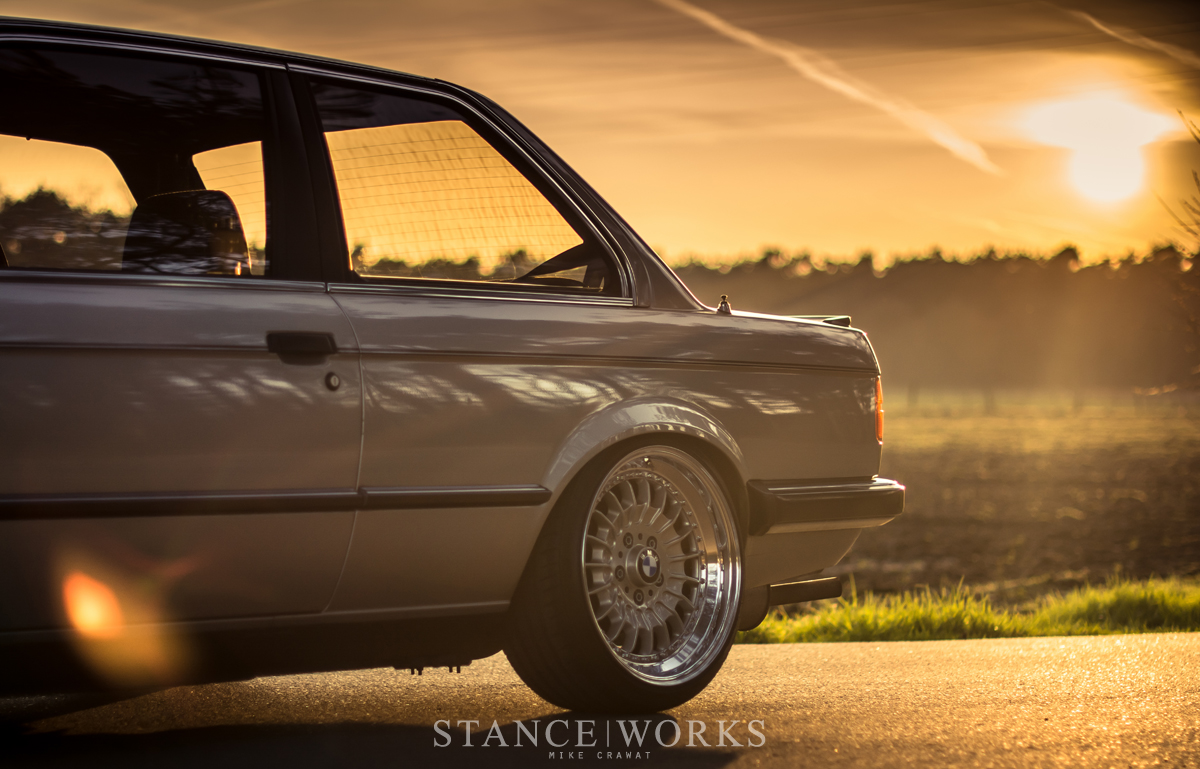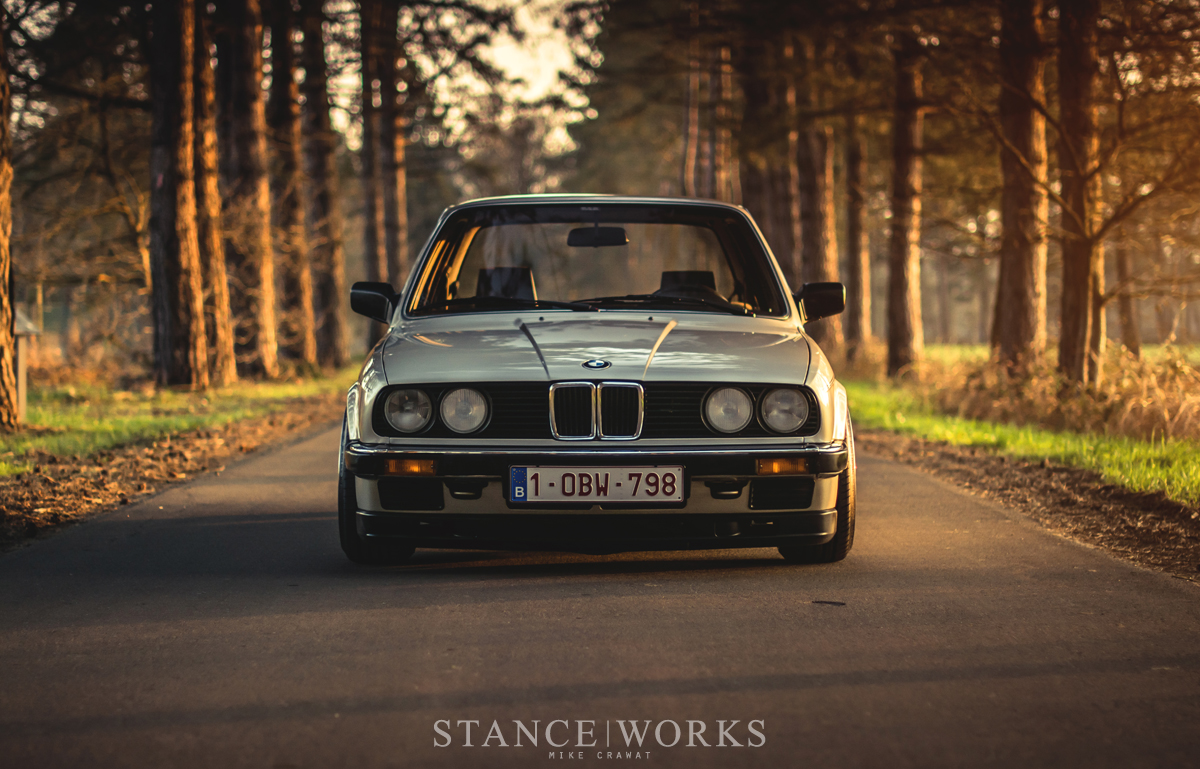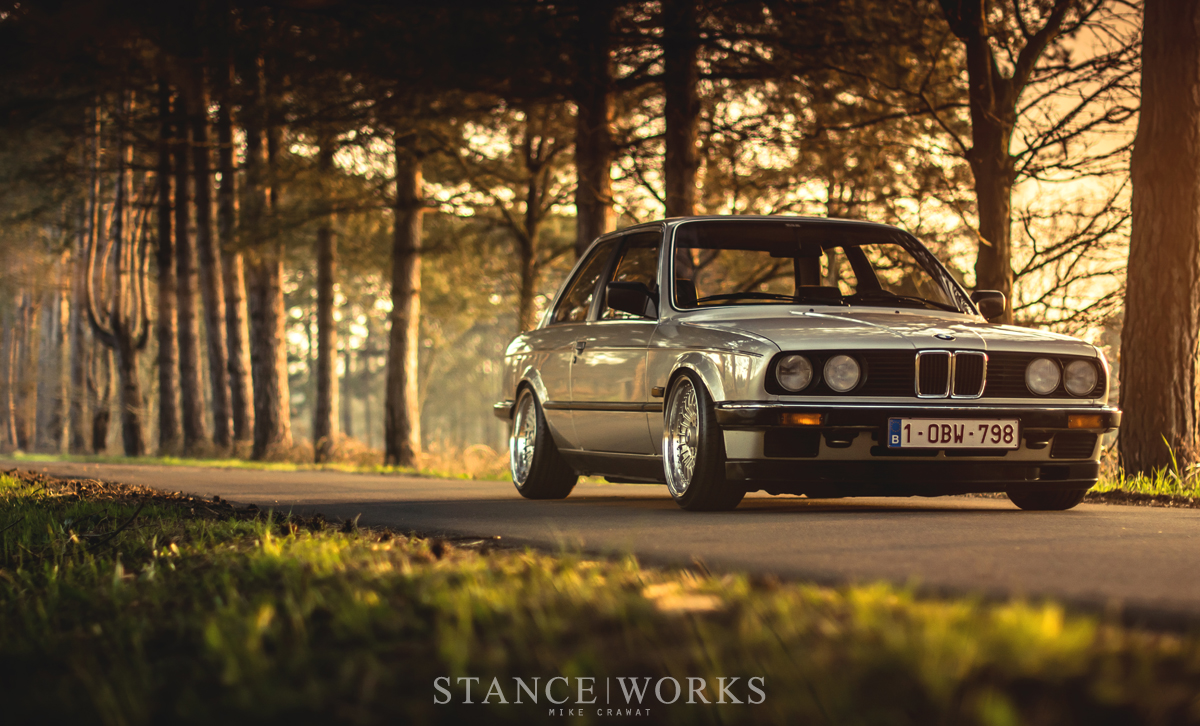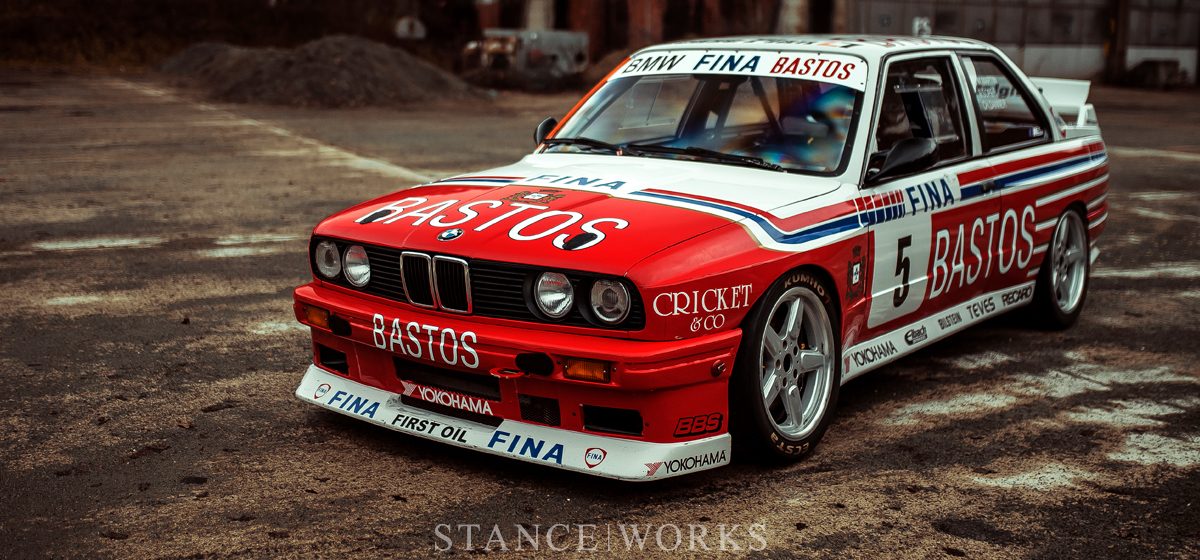“Reinventing the wheel” is a bold statement, and few whom have made such a claim can take it at face value. However, the introduction of the three-piece wheel to the automotive aftermarket was pivotal in every measure. Its benefits range from aesthetics and function, to improved weight and modularity. Customizable to fit any body and chassis, the three-piece wheel brought a wave of options to market, and with iconic designs coming from the likes of BBS, Ronal, SSR, Gotti, and others, it took little time for the new method of construction to become the industry standard. However, in recent years, enthusiasts have approached modifying their cars in new ways, as access to information, tools, and talent has opened tenfold in the last decade alone.
Recently, reinvention of the wheel has begun once again, although not in a conventional sense. Instead, it’s creative. With an abundance of stock cast wheels, and an equal number of wheel halves looking for homes, there are a select few whom have taken the time to mix the two by machining down cast wheels and mating them to three-piece halves. By removing the barrel and machining flanges and holes for the proper adaptation, run-of-the-mill cast wheels can become beautiful multi-piece analogs.
Tracing the trend back to its roots presents a few problems, but a shot in the dark will likely land you in the Porsche camp. Fuch conversions from cast single-piece to three-piece versions have been around for some time. Following that, the Mercedes crowd grabbed hold, and in time, others followed suit. It was a MK2 Golf with converted M1 Campagnolo wheels that stole the show several years ago, setting others in motion on journeys of their own to convert classic cast wheels. Ever since, dozens if not hundreds of examples of split cast wheels have been produced, from bottle caps from various marques to various mesh and spoked designs ranging from BMW’s style 32s, to Volkswagen’s Pirelli P-Slots, all the way to Pontiac Firebird/Trans Am Mesh.
It’s worth noting that there’s certainly a dark side to such creativity: safety. Cast wheels were never built to be modified in such a way, keen wheel engineers are likely to wag a finger at those participating in such shenanigans. However, in contrast, nearly all classic “forged” wheels, such as BBS’s RS, AC Schnitzer’s Type 1, OZ’s Turbos, and Hartge’s splits among others, are all cast centers, and there’s nothing inherently wrong with cast centers in split wheels. If one is wise and does their research, there’s nothing wrong with converting the wheels, assuming all dimensions, flanges, and the material itself meet the necessary requirements. Through the number of converted sets, we’ve yet to hear of a failure, although in due time it’s bound to happen. It’s certainly not the dumbest idea to arise in the automotive scene.
Arriving to a successful 3-piece conversion has presumably taken a considerable amount of trial and error, as not every cast wheel is fit for such a change. In fact, they are few and far between, and some conversions that have surfaced look less than ideal in regard to strength. However, those that have helped establish what works and what doesn’t have helped to open the doors for a countless number of enthusiasts, especially Porsche fanatics and their fuchs.
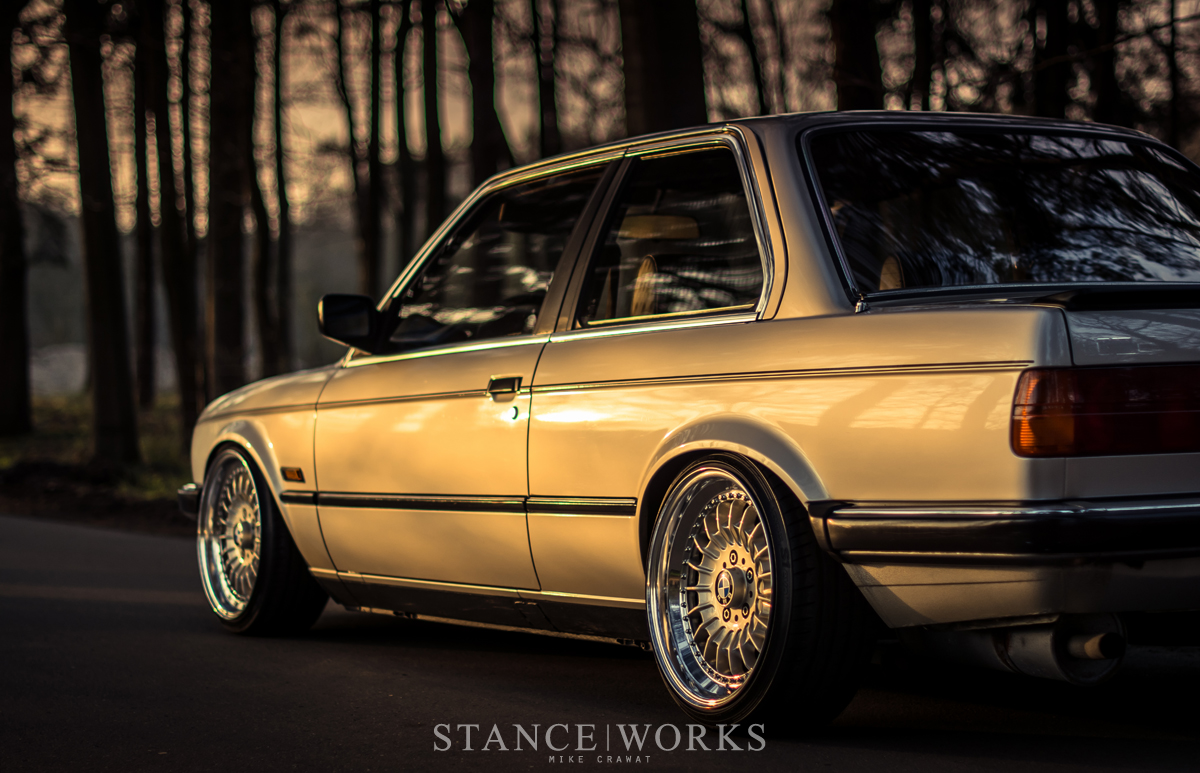
Stepping past the safety issues, these new splits offer a breath of fresh air to the world of wheels. These new iterations were never expected by their designers, nor by a majority of those who have discarded their factory wheels in favor of name-brand aftermarket parts. It’s a trend that’s pushing the imagination, and one that brings new life into classic designs and styles. As a whole, it offers an OEM-plus aesthetic rarely found elsewhere in the car world – a great way to improve upon a car’s traditional styling with a hint of performance and style. Name brand counterparts likely won’t ever come to market, but that’s fine and well, as it only adds to what makes these conversions special: individuality.
Mario Verswyvel’s E30 is a perfect example of the simplicity and beauty that split cast wheels can offer. Mounted under his car is a set of BMW’s metric-sized TRX bottle caps, converted to 17″ sizing, blending OEM style with a customized touch. At StanceWorks, we’re inspired to see enthusiasts using their minds, tools, and what is available to them to continue pushing automotive styling forward in ways those before us never expected. For once, with confidence, it’s safe to say we’ve reinvented the wheel.

